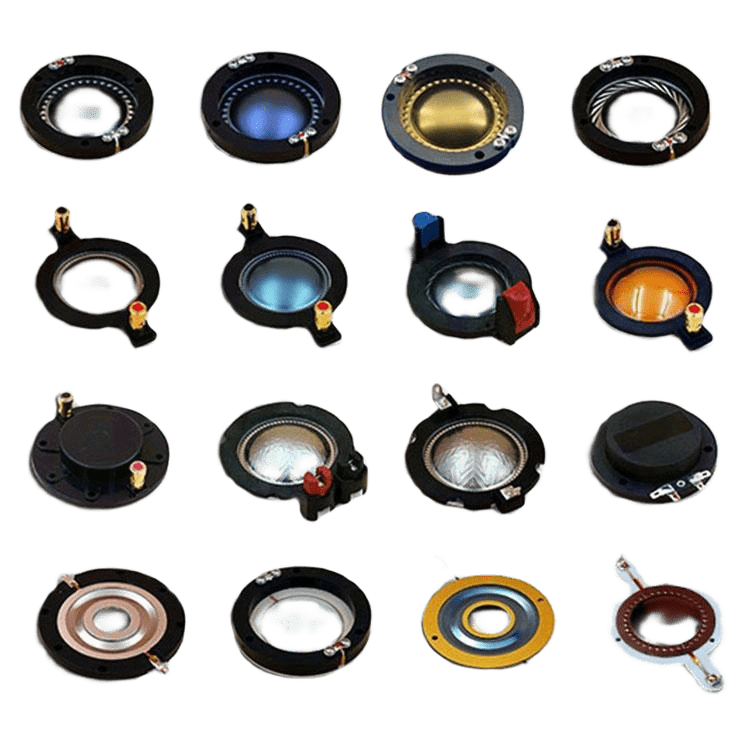Diaphragm or speaker cone, also known as the treble driver, is the most important component of a speaker, with the demand for sound becoming increasingly diverse, requiring complex materials for the diaphragm.
Before delving into the solution for bonding Diaphragm speaker and treble driver, let’s briefly discuss the advantages, disadvantages, and applications of each type of speaker cone, from standard to high-end, in order to choose the appropriate adhesive solution.
Understanding Diaphragm Speakers
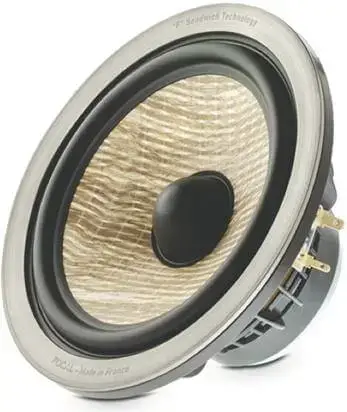
Diaphragm speaker, also known as a speaker cone, is a flexible material that vibrates to generate sound waves, converting electrical signals sent to the speaker into audible sound.
The material, size, and shape of the diaphragm all contribute to the performance of the speaker. Different materials offer different characteristics, such as frequency response and durability. Choosing the appropriate diaphragm material is key to optimizing the speaker’s performance for a specific application or frequency range.
In this article, we will delve into the various types of diaphragms available. From traditional materials like paper and plastic to modern materials like carbon fiber and beryllium, to special materials like diamond and sapphire, we will explore the advantages and disadvantages of each type.
The way Diaphragm generates sound
The speaker diaphragm generates sound by vibrating in response to an electrical signal, specifically:
- An electrical signal is sent to the speaker, created by magnets, coils, and a diaphragm.
- The electrical signal causes the coil to move back and forth in the magnetic field. This movement is called electromagnetic induction.
- As the coil moves back and forth in the magnetic field, it causes the diaphragm to vibrate.
- The speaker diaphragm is made of flexible material, such as paper, plastic, or metal, and when it vibrates, it produces audible sound waves through the speaker.
- The frequency and amplitude of the electrical signal determine the frequency and volume of the sound waves produced by the speaker.
- In summary, the diaphragm generates sound by vibrating in response to an electrical signal, converting electrical energy into audible sound energy through the speaker.
Paper Diaphragm
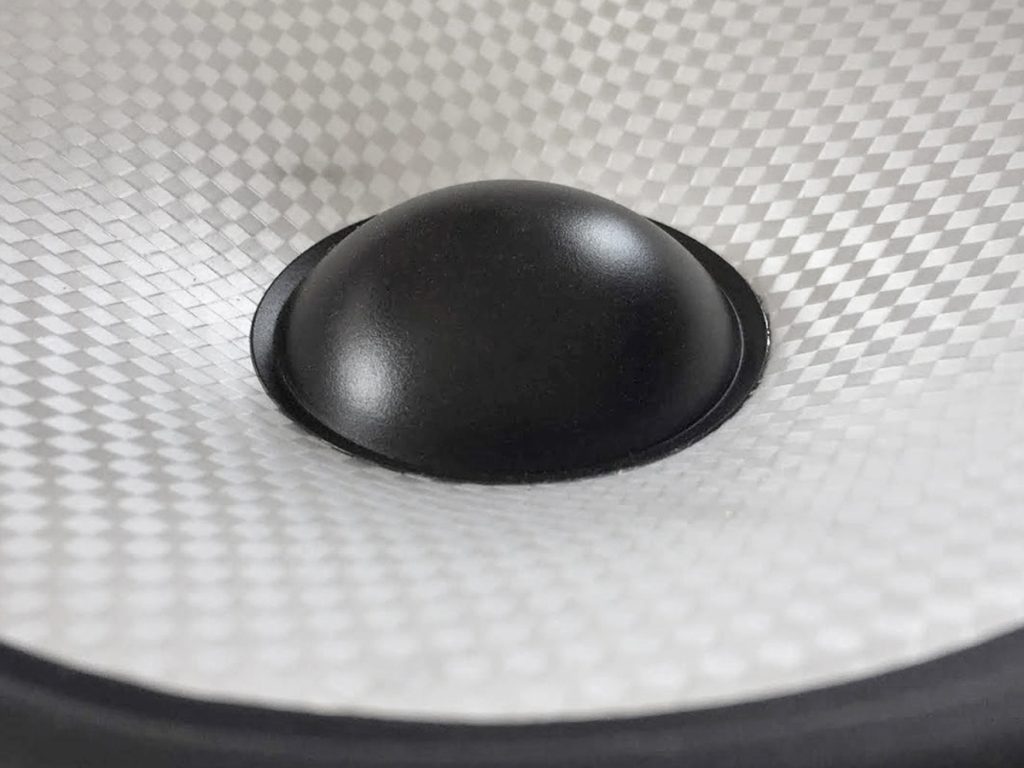
Paper diaphragms are among the most commonly used materials in speakers, made from wood pulp and other natural fibers, known for their natural, warm sound. Paper diaphragms are also lightweight and flexible, making them ideal for producing detailed mid and high-frequency sounds.
One of the main advantages of paper diaphragms is their low cost. They are easy to manufacture and widely available, making them a popular choice for budget-friendly speakers. However, paper diaphragms have some limitations. They are not as durable as other diaphragm materials and are susceptible to moisture, environmental factors that can cause them to warp or degrade over time. Additionally, they may be better suited for producing deep bass sounds.
Plastic Diaphragm
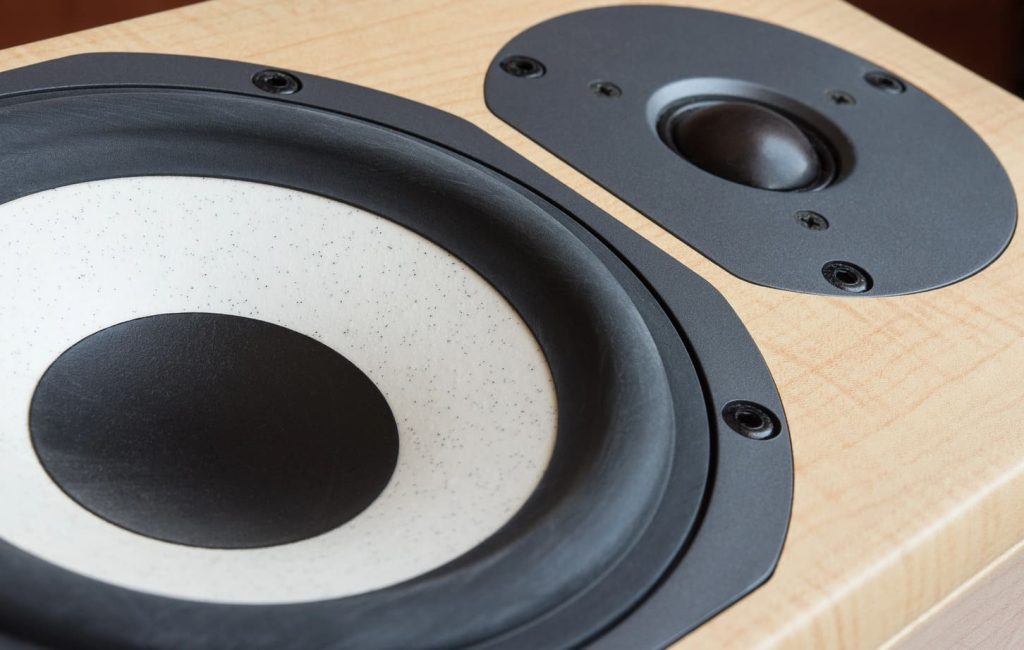
Plastic diaphragms for speakers made from lightweight plastics offer good flexibility, making them suitable for certain types of speakers. However, plastic diaphragms are not as rigid as some other materials, which can affect the speaker’s performance at higher frequencies.
Metal diaphragm
Metal diaphragms are another popular choice for speaker diaphragm materials. They are made from materials such as aluminum, titanium, or magnesium and are known for their stiffness as well as their ability to produce deep, powerful bass. Metal speaker diaphragms are highly durable, capable of withstanding high temperatures and environmental factors.
One of the main advantages of metal diaphragms is their ability to accurately reproduce bass frequencies. They are less prone to distortion than paper diaphragms and can handle high energy levels without warping or degrading. However, metal diaphragms may be more expensive than paper diaphragms and less flexible, limiting their ability to produce detailed midrange and high-frequency sounds.
Aluminum Diaphragm
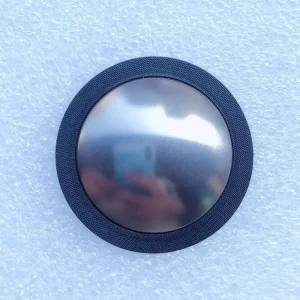
Aluminum is a lightweight and durable material commonly used in the production of speaker domes/tweeters. It has a high stiffness-to-weight ratio, allowing for precise sound reproduction with minimal distortion. Aluminum diaphragms are highly durable and can handle high power levels, making them popular for high-performance speakers. Aluminum speaker diaphragms are often used in studio monitor speakers, high-end home theater systems, and professional sound reinforcement systems.
Beryllium Diaphragm

Beryllium is a rare and expensive material used in the production of high-end speaker diaphragms. Beryllium diaphragms have a high stiffness-to-weight ratio and excellent damping properties, allowing them to produce precise sound with minimal distortion. They are highly durable and can handle extremely high power levels, making them popular for high-end speakers. Beryllium diaphragms are often used in high-end home theater systems, professional sound reinforcement systems, and car audio systems.
Composite Diaphragm
Composite diaphragms are a relatively new type of speaker diaphragm material that combines the properties of different materials to achieve desired sound quality. They are created by layering various materials such as Kevlar, carbon fiber, or polypropylene and are known for their ability to produce wide frequency ranges with high accuracy.

Một trong những ưu điểm chính của màng loa composite là tính linh hoạt của chúng. Chúng có thể được tùy chỉnh để đạt được đặc tính âm thanh cụ thể và có khả năng chống chịu cao với các yếu tố môi trường có thể làm suy giảm các vật liệu màng khác. Tuy nhiên, diaphragm composite có thể tốn kém để sản xuất và thiết kế phức tạp của chúng có thể khiến chúng dễ bị hỏng hơn nếu không được thiết kế và chế tạo chính xác.
Polypropylene Diaphragm
Polypropylene is a thermoplastic polymer material widely used in the production of speaker cones/tweeters. This is a popular choice due to its low mass and excellent damping properties, helping to reduce resonance and unwanted distortion.
Polypropylene speaker diaphragms can handle high power levels and are less susceptible to damage from changes in humidity and temperature compared to paper cones. Polypropylene diaphragms are commonly used in home theaters, car audio systems, and portable speakers.
Kevlar Diaphragm
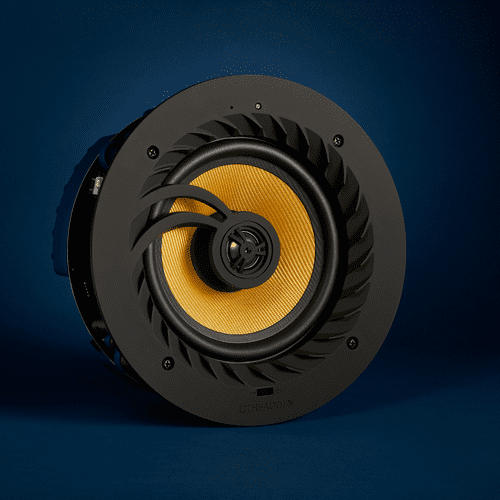
Kevlar is a synthetic material widely used in the production of bulletproof vests, but it is also used in speaker diaphragms. Kevlar diaphragms are highly durable and can handle high power levels, making them popular for high-performance speakers.
Kevlar has a high stiffness-to-weight ratio, allowing it to produce accurate sound with minimal distortion. Kevlar diaphragms are often used in studio monitors, high-end home theater systems, and professional sound reinforcement systems.
Carbon Fiber Diaphragms
Carbon fiber is a lightweight and high-strength material commonly used in high-performance applications. Carbon fiber diaphragms have a high stiffness-to-weight ratio, allowing them to produce accurate sound with minimal distortion.
They have high durability and can handle high power levels, making carbon fiber diaphragms popular for high-end speakers. Carbon fiber diaphragms are often used in high-performance home theater systems, professional sound reinforcement systems, and high-end car audio systems.
Diamond Diaphragms
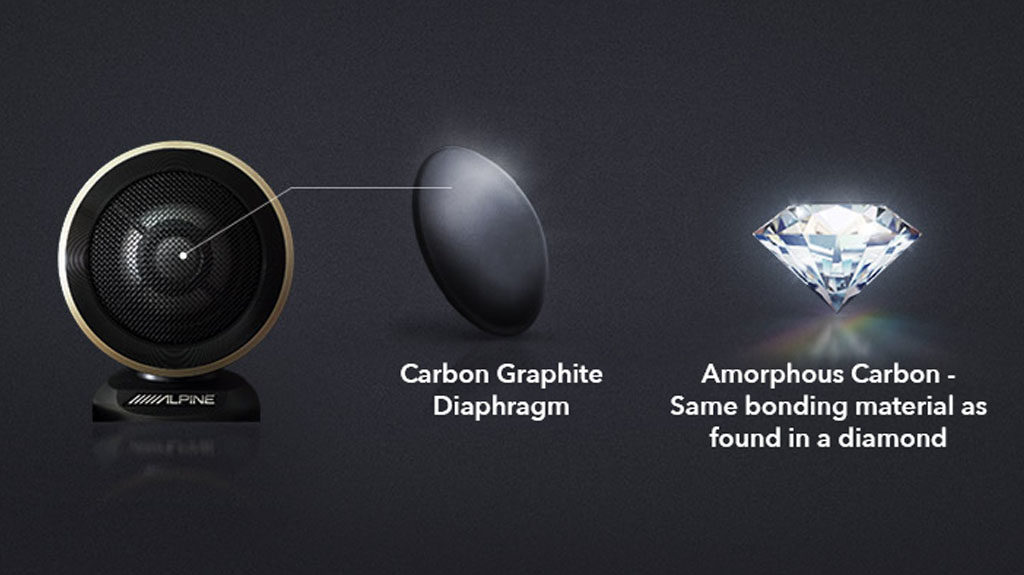
Diamond is an extremely hard and durable material used to produce some of the highest-performing and most expensive speaker diaphragms. Diamond diaphragms have a high stiffness-to-weight ratio and excellent damping properties, allowing them to produce accurate sound with minimal distortion.
Diamond diaphragms are highly durable and can handle extremely high power levels, making them popular for high-end audio applications that demand precision. Diamond speaker diaphragms are often used in the most expensive home theater systems, professional sound reinforcement systems, and high-end car audio systems.
Other Diaphragm Materials
Sapphire Diaphragm: Sapphire is a hard, transparent material used in speaker diaphragms for its excellent durability and transparency. It provides good performance across a wide frequency range but can be relatively expensive.
Ceramic Diaphragm: Ceramic diaphragms are made from materials such as alumina or zirconia, which have good durability. However, they can be quite heavy and may affect the overall performance of the speaker.
When considering specialized diaphragm materials, it’s important to weigh the pros and cons of each type. Diamond diaphragms offer excellent performance but may be too costly for many users. Sapphire diaphragms offer durability and transparency but can be relatively expensive. Ceramic diaphragms offer good durability and stiffness but can be heavy. Ultimately, the best material for a speaker will depend on specific needs and budget.
Additionally, there are also diaphragms made from synthetic films, plastics, titanium, and magnesium.
Factors to Consider When Choosing Diaphragm Materials
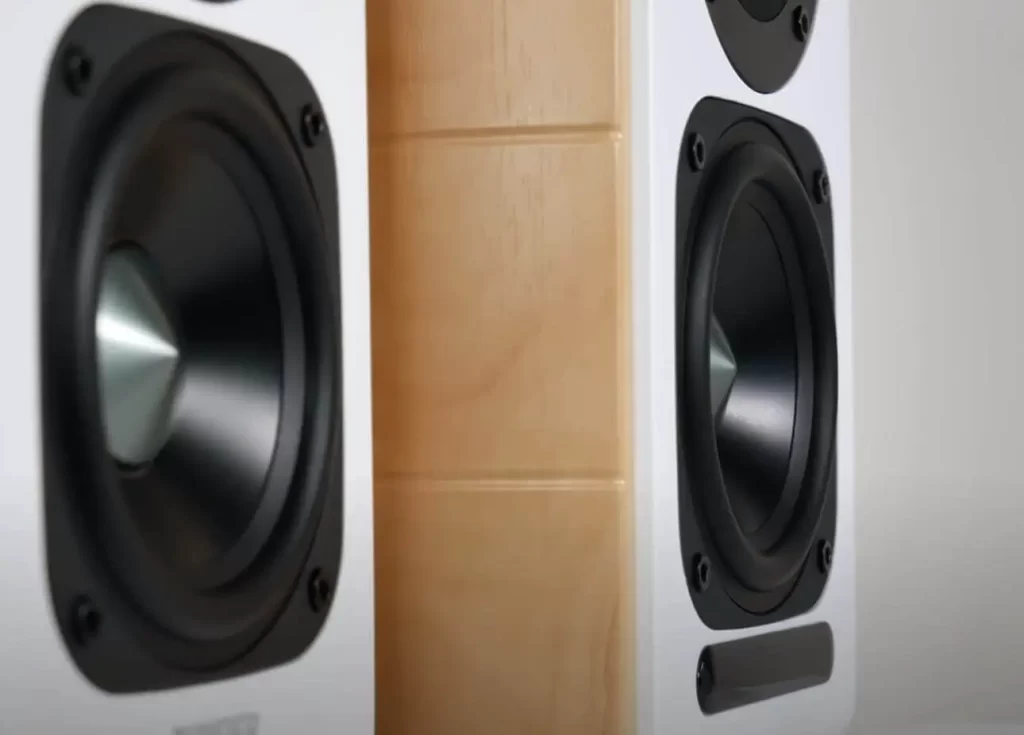
Frequency Response: The frequency response of a speaker diaphragm refers to the range of frequencies that the speaker can accurately reproduce. Different materials have different characteristics in terms of frequency response, so it’s important to choose a material that suits the frequency range you want to reproduce.
Stiffness: refers to the material’s resistance to bending or deformation when subjected to stress. In a speaker diaphragm, the stiffness of the material affects the accuracy of sound reproduction. A stiffer diaphragm material will produce more sensitive and accurate sound but may lack bass response. On the other hand, a softer, more flexible diaphragm material will produce warmer sound but may not be as accurate.
Durability: The durability of a speaker diaphragm is an important factor to consider, especially if you plan to use the speaker regularly or in challenging environments. Some materials, such as metals and carbon fibers, are more durable than others but may also be more expensive.
Weight: The weight of the diaphragm can affect the overall performance of the speaker. Lighter materials may offer better performance at higher frequencies but may not be as rigid as heavier materials.
Damping: Damping refers to the material’s ability to stop vibrating after being struck. Materials with higher damping coefficients can absorb more energy and dampen sound, resulting in cleaner, more accurate sound.
Cost: The cost of diaphragm materials is an important factor to consider, especially if you’re working with a tight budget. Some materials, such as diamond and beryllium, are much more expensive than others, such as paper and plastic.
When choosing a speaker diaphragm material, it’s important to consider the specific needs of your sound setup and weigh the pros and cons of each material. The best material for you will depend on your budget and the specific performance characteristics you’re looking for.
Impact of Diaphragm Factors on Sound Quality
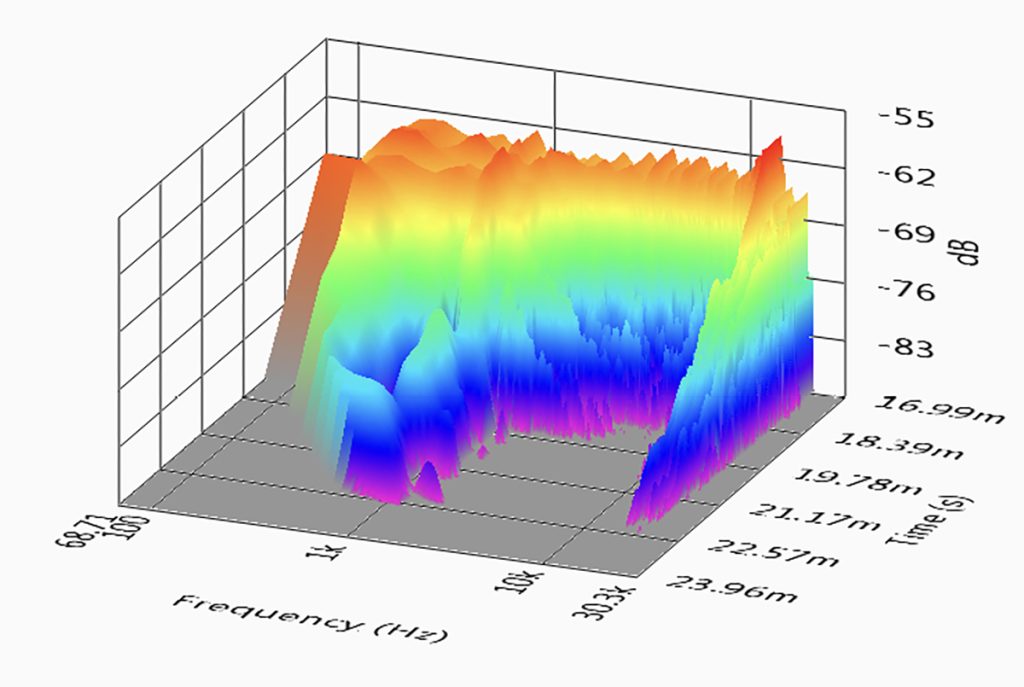
In the six factors above, three factors that affect the quality of the diaphragm speaker may not be immediately apparent:
- Stiffness of the diaphragm material affects the accuracy of sound reproduction. A stiffer diaphragm material produces more accurate sound but may lack bass response. On the other hand, a softer, more flexible diaphragm material produces warmer sound but may be less accurate.
- Weight affects the speaker’s responsiveness. Lighter diaphragm materials react faster and more accurately in sound reproduction. Heavier diaphragm materials may have slower response times and produce muddier sound.
- Damping affects the clarity and accuracy of sound. Materials with higher damping coefficients can absorb more energy and prevent ringing, resulting in cleaner, more accurate sound. Lower damping may cause the speaker to produce muffled or ringing sound.
General Conclusion on Diaphragm Speaker & Tweeter:
Different applications require different diaphragm materials. For example, tweeter dome speakers, which reproduce high-frequency sound, require lightweight and rigid materials like silk or aluminum. On the other hand, subwoofers/woofers, which produce low and mid-range frequencies, need larger and more flexible materials like paper or polypropylene.
In summary, it’s essential that the diaphragm material is suitable for the speaker’s intended use. For instance, speakers used for home theater systems require different diaphragm materials than those used for music production.
When choosing a diaphragm material, it’s crucial to consider the environmental conditions the speaker will be used in. Some diaphragm materials have better resistance to moisture, heat, and other environmental factors than others. For example, Kevlar and carbon fibers have better moisture resistance than paper or silk.
In conclusion, the type of diaphragm material used in a speaker significantly impacts its performance and sound quality. Paper, polypropylene, Kevlar, aluminum, carbon fibers, beryllium, and diamond are commonly used to manufacture diaphragms. Each material has its own characteristics, advantages, and disadvantages, and the choice of material depends on factors such as intended use, power handling capability, and budget.
It’s essential to carefully consider these factors before selecting a speaker with a specific diaphragm material. By understanding the different types of diaphragm materials and their characteristics, you can make an informed decision and selection.
Types of Adhesives for Repairing Diaphragm Speakers (Speaker Cones) & Treble Drivers
Epoxy
Advantages:
- Epoxy adhesive provides a strong and durable bond.
- It has the ability to bond with various materials, including paper, plastic, and metal used in speaker cones and diaphragms.
- When cured transparently, it’s ideal for use on patterned or decorative cone shapes.
- Epoxy adhesive can withstand vibrations and harsh temperatures, making it a good choice for repairing speaker cones.
Disadvantages:
- Epoxy adhesive may take longer to dry than other types of adhesives.
- It often requires mixing before use, which can be cumbersome.
- Epoxy adhesive may not be suitable for repairing larger speaker cones as it may not spread as easily as other adhesives.
- If you decide to use epoxy adhesive, it’s important to carefully follow the manufacturer’s instructions. Ensure that surfaces are clean and dry before applying the adhesive. Next, mix the epoxy adhesive components together according to the instructions.
- Apply the adhesive to the area needing repair on the speaker cone or diaphragm, being careful not to apply too much. Then, gently hold in place while the adhesive sets. This process may take a few hours or even overnight, depending on the drying time of the epoxy adhesive.
- Although using epoxy adhesive can provide a strong and long-lasting bond, it’s important to note that this adhesive can be difficult to remove once dry. Also, wear protective gloves and work in a well-ventilated area to avoid inhaling adhesive fumes.
- Epoxy adhesive is a good choice, especially if you need a strong and waterproof bond.
Polyurethane
Polyurethane adhesive has the advantage of providing a strong and durable bond. This type of adhesive works well for bonding and repairing speaker cones made of both paper and foam. One of the main benefits of polyurethane adhesive is that it expands as it dries, filling any gaps and creating a tight bond.
| Advantages | Disadvantages |
| A strong and durable bond that can withstand vibrations and stress. | Expands when drying, which can lead to messy applications if too much is used. |
| It can be sanded and repainted after drying. | Excess adhesive can be difficult to remove from surrounding areas. |
| Waterproof and able to withstand high humidity. | Dries quickly, which may pose challenges for bonding and repairing larger areas. |
When using polyurethane glue for repairing speaker diaphragms, it’s important to note that a little goes a long way. It’s best to apply a small amount to the area needing repair and press it into place, rather than applying too much glue and causing a mess. You should also wear gloves and protect your work area from any spills or drips.
Silicone Adhesive
Silicone adhesive is another type of glue that can be used for repairing treble speakers. It’s a versatile adhesive that can bond many materials together, including paper, plastic, and metal. One of the main advantages of silicone adhesive is its flexibility, allowing the speaker diaphragm to move and vibrate without breaking the bond.
| Advantages | Disadvantages |
| Flexibility | Not as strong as other types of adhesives |
| Transparent when cured | Longer curing time |
| Resistant to water, heat, chemicals | Slightly challenging to apply |
Silicone adhesive is particularly useful for repairing tears or cracks on speaker cones. To use, follow similar steps as with other adhesives, but remember to apply thinly and evenly to avoid excess glue seeping out and causing mess.
One important thing to note: silicone adhesive may not be compatible with all materials, so be sure to test it on a small area before applying it to the entire surface.
Cyanoacrylate (CA) adhesive
CA adhesive is a fast-drying adhesive ideal for speaker assembly and repairing small tears or punctures on treble cones. CA glue has very low viscosity, thin and easy to flow into small areas, edges, or cracks, making it ideal for bonding small holes, small details, edges, or cracks that other adhesives may have difficulty accessing.
One of the main advantages of CA glue is its fast drying time, usually within a few minutes. This means that speaker assembly or repair can happen in an instant. However, it’s important to note that CA glue tends to become brittle when dry, meaning it’s not suitable for repairing large tears or holes in speaker cones.
CA glue is a very durable adhesive that can bond with other materials quickly.
The process of using CA glue for speaker assembly:
- Step 1: Clean the area to be applied. Make sure to remove dust or debris from the surface.
- Step 2: Apply a small amount of CA glue to the application area. Use a small appropriate tool to apply the glue accurately.
- Step 3: Hold the speaker cone in place until the glue is completely dry, which should take no more than a few minutes.
Cyanoacrylate glue offers some distinct advantages that other adhesives cannot match. It’s easy to use, directly applicable without the need for a primer, making it simple to adapt to high-speed assembly.
The quick and durable bond of CA glue speeds up the process, allowing for immediate packaging after assembly, which is not the case with epoxy glue and other adhesives.
Because of the extremely small amount of adhesive that provides excellent bonding without the need for clamps or long curing times, CA glue is perfectly suited for the micro speaker industry. Automated or semi-automated systems are available that can be adjusted to suit individual systems and distributed in dot, bead, or spray form with high precision.
Choosing the Right Adhesive
Below are the factors influencing the decision to choose the appropriate type of adhesive:
Diaphragm Speaker (Speaker Cone) & Treble Dome Material
Some materials, such as paper or fabric, may not be compatible with certain types of adhesives. Incorrect adhesive use can damage the speaker cone or cause the repair to fail completely.
Here are some common materials used for speaker cones and the corresponding suitable types of adhesives:
Paper: Epoxy adhesive, polyurethane adhesive, or silicone adhesive are all suitable for paper material. However, it’s important to note that paper cones are very delicate and can easily tear, so be gentle when applying adhesive.
Fabric: Interior adhesive or polyurethane adhesive is suitable for fabric diaphragms. Fabric is flexible, so it’s important to use an adhesive that can move with the fabric cone without cracking or breaking the bond.
Plastic: CA adhesive or epoxy adhesive is suitable for plastic diaphragms.
Metal: Polyurethane adhesive or silicone adhesive is suitable for metal diaphragms. It’s important to use an adhesive that can withstand high vibrations because metal cones have a wide range of vibrations.
Bond Strength
You need an adhesive that can create a strong bond, withstand the speaker’s vibration without breaking apart.
Bond strength refers to the force required to break the bond between two surfaces. It is measured in pounds per square inch (PSI) or newtons per square millimeter (N/mm2). Generally, the higher the bond strength, the stronger the bond.
| Adhesives | PSI |
| CA | 3,500 |
| Epoxy | 1,800 – 3,000 |
| Polyurethane | 1,000 |
| Silicone | 350 – 400 |
CA adhesive has the highest bond strength and is the top choice for applications requiring high bond strength.
Set time
Set time can be influenced by factors such as adhesive type, temperature, humidity, and size of the application area.
To help you make an informed decision, here is a table summarizing the average drying times of the adhesives discussed in this article:
| Adhesives | The average set time |
| CA | 10-30 s |
| Epoxy | 24-48 h |
| Polyurethane | 4-24 h |
| Silicone | 24-48 h |
As you can see, some adhesives like CA glue have very short drying times, while others like epoxy may take several hours to dry.
Keep in mind that the size of the application area can also affect drying time. Larger damaged areas will require more adhesive and may take longer to dry.
Contact Information
Hitta specializes in providing various types of adhesives and tapes for both industrial and commercial purposes. Contact us for advice on the most effective solutions at the lowest cost:
- ☎️ Hotline: 0565 33 68 79
- ✉️ Email: hittajsc@hitta.vn

